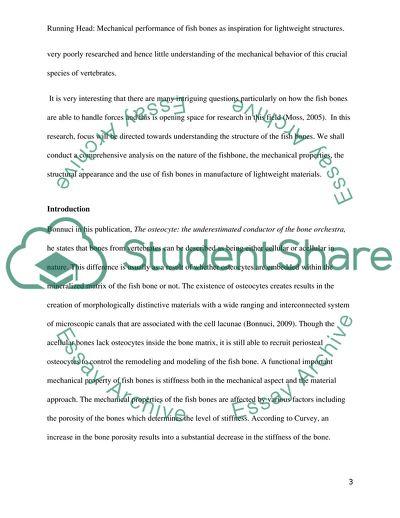Cite this document
(The Underestimated Conductor of the Bone Orchestra Research Proposal Example | Topics and Well Written Essays - 4750 words, n.d.)
The Underestimated Conductor of the Bone Orchestra Research Proposal Example | Topics and Well Written Essays - 4750 words. https://studentshare.org/engineering-and-construction/1865797-mechanical-performance-of-fish-bones-as-inspiration-for-lightweight-structures
The Underestimated Conductor of the Bone Orchestra Research Proposal Example | Topics and Well Written Essays - 4750 words. https://studentshare.org/engineering-and-construction/1865797-mechanical-performance-of-fish-bones-as-inspiration-for-lightweight-structures
(The Underestimated Conductor of the Bone Orchestra Research Proposal Example | Topics and Well Written Essays - 4750 Words)
The Underestimated Conductor of the Bone Orchestra Research Proposal Example | Topics and Well Written Essays - 4750 Words. https://studentshare.org/engineering-and-construction/1865797-mechanical-performance-of-fish-bones-as-inspiration-for-lightweight-structures.
The Underestimated Conductor of the Bone Orchestra Research Proposal Example | Topics and Well Written Essays - 4750 Words. https://studentshare.org/engineering-and-construction/1865797-mechanical-performance-of-fish-bones-as-inspiration-for-lightweight-structures.
“The Underestimated Conductor of the Bone Orchestra Research Proposal Example | Topics and Well Written Essays - 4750 Words”. https://studentshare.org/engineering-and-construction/1865797-mechanical-performance-of-fish-bones-as-inspiration-for-lightweight-structures.


